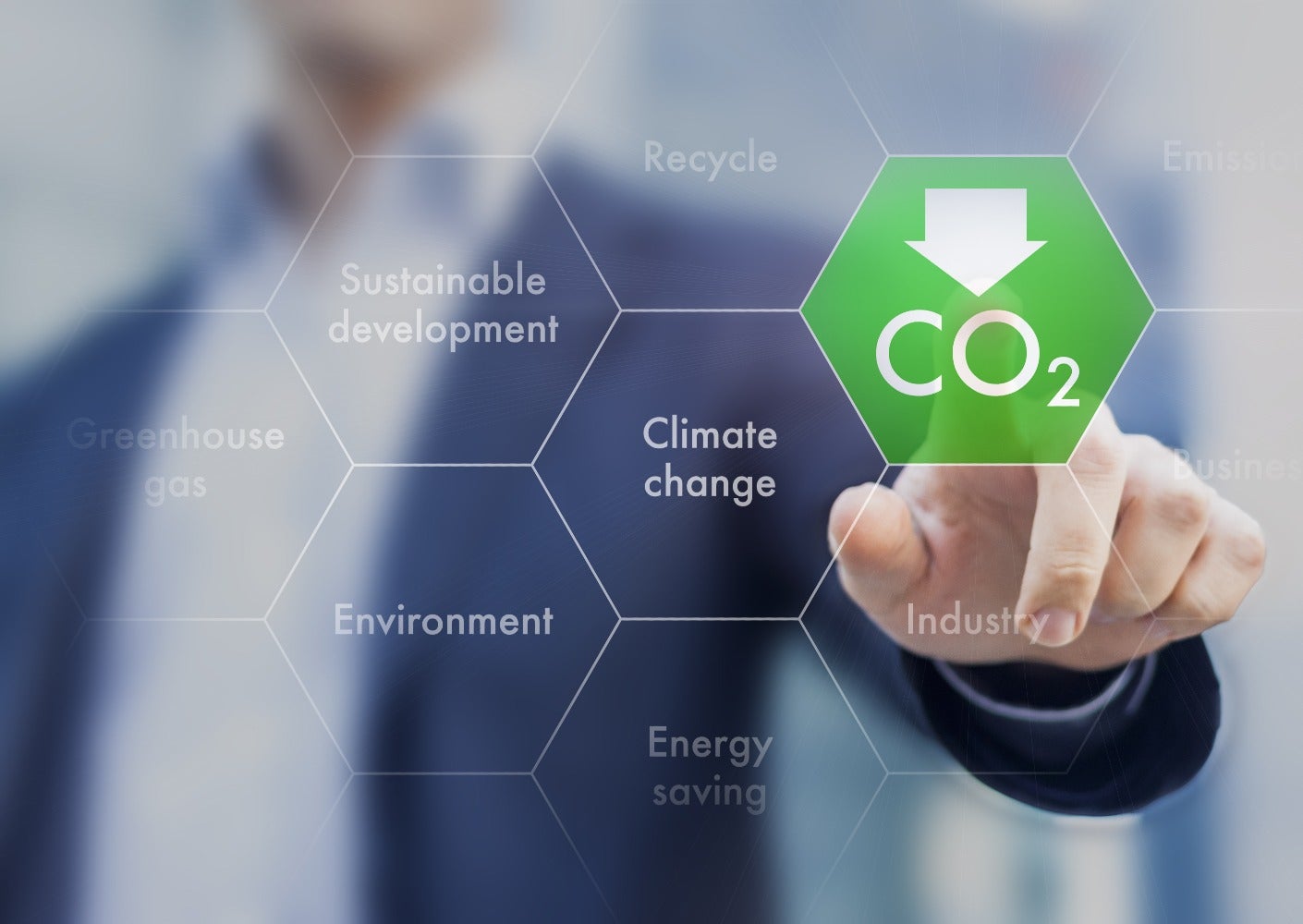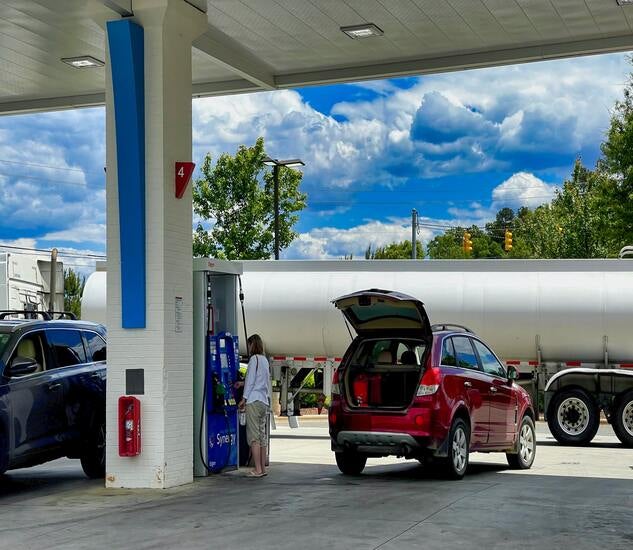There has been a strong start for carbon pricing initiatives in 2021. These include developments in major carbon-emitting countries such as China and some producers such as Norway.
Today, there are 60 active carbon initiatives globally, with another four scheduled for implementation. However, there is currently a lack of consistency and coverage between many of them. Looking ahead, carbon pricing and the total volume of emissions covered is likely to increase as governments strive to meet increasingly more ambitious targets to tackle climate change.
How well do you really know your competitors?
Access the most comprehensive Company Profiles on the market, powered by GlobalData. Save hours of research. Gain competitive edge.

Thank you!
Your download email will arrive shortly
Not ready to buy yet? Download a free sample
We are confident about the unique quality of our Company Profiles. However, we want you to make the most beneficial decision for your business, so we offer a free sample that you can download by submitting the below form
By GlobalDataGreenhouse gas emissions (GHGs) can occur throughout the petroleum value chain. As carbon prices rise, they have the potential to impact future hydrocarbon demand over the longer-term, but there is also a direct impact on petroleum operations. To address these issues, companies in both the upstream and downstream sectors are progressing innovations to reduce their direct emissions either individually or through partnerships.
In the upstream sector, Norway is trialling several lower-carbon technologies, including powering upstream facilities via floating wind technology to reduce emissions. Equinor’s 88MW Hywind floating wind project is one example, which is planned to provide ~35% of the annual power demand for the Gullfaks and Snorre fields (Tampen area, North Sea). Once operational, the wind farm is likely to be the world’s first to power offshore oil and gas facilities.
In 2019, these fields (Figure 1) emitted some of the largest volumes of CO₂ of all oil and gas activities on the Norwegian shelf. However, through reducing the platforms’ reliance on gas turbines for power generation, Equinor estimates it will be able to reduce annual CO₂ emissions by ~200,000t and NOx emissions by ~1,000t annually once the project is online.
Figure 1: Norwegian annual emissions to air by field (2019)

Source: Norske Utslipp, GlobalData Upstream Analytics. Note: Onshore facilities not included
In the downstream sector, powerful partnerships such as BP and Ørsted are combining industry expertise to move away from the use of grey hydrogen and progress towards green, renewable feedstocks for industrial processes.
In north-west Germany, BP and Ørsted announced a Letter of Intent to potentially develop the Lingen Green Hydrogen Project. If sanctioned, the 50MW electrolyser is planned to produce 9,000t of Green hydrogen feedstock a year (~20% of the refinery’s current yearly consumption), avoiding around 80,000t CO₂ emissions a year. The EU ETS covers the refining sector in Germany and in 2020 the average carbon price was €24.75, which would suggest around a €220 tax reduction per tonne of Green hydrogen produced at 2020 prices.
In addition, aside from plant modifications to utilise green hydrogen feedstock, other refineries around the world are also developing strategies to survive the energy transition.
Looking ahead, it is likely that carbon taxes and emissions pricing, as well as a social license to operate and carbon risk financing, will be key drivers for the oil and gas industry. Less access to capital for oil and gas companies will likely lead to greater efforts to reduce emissions from new projects. Future exploration may focus on the development of lower-cost, lower carbon (advantaged) hydrocarbons. Although, the advancement of other technologies such as CCS could also enable the development of higher CO₂ fields.
For existing projects, the first wave of renewables integration will likely pave the way for similar future projects. Whilst the investment required in these projects may currently be high, they likely offer the opportunity to prove innovation concepts, contribute to wider cost reductions and potentially develop future value chains and commodity markets, which would have significant benefits to both the oil and gas and the renewables industry going forward.











Related Company Profiles
ETS GmbH
CCS Inc.
Equinor BV
BP Plc